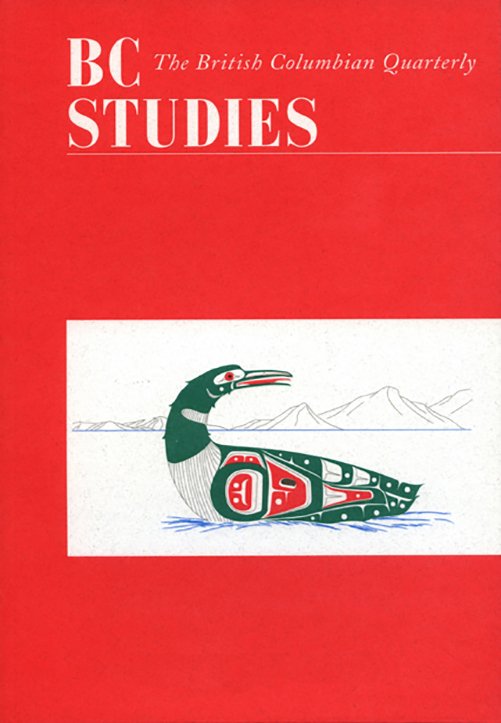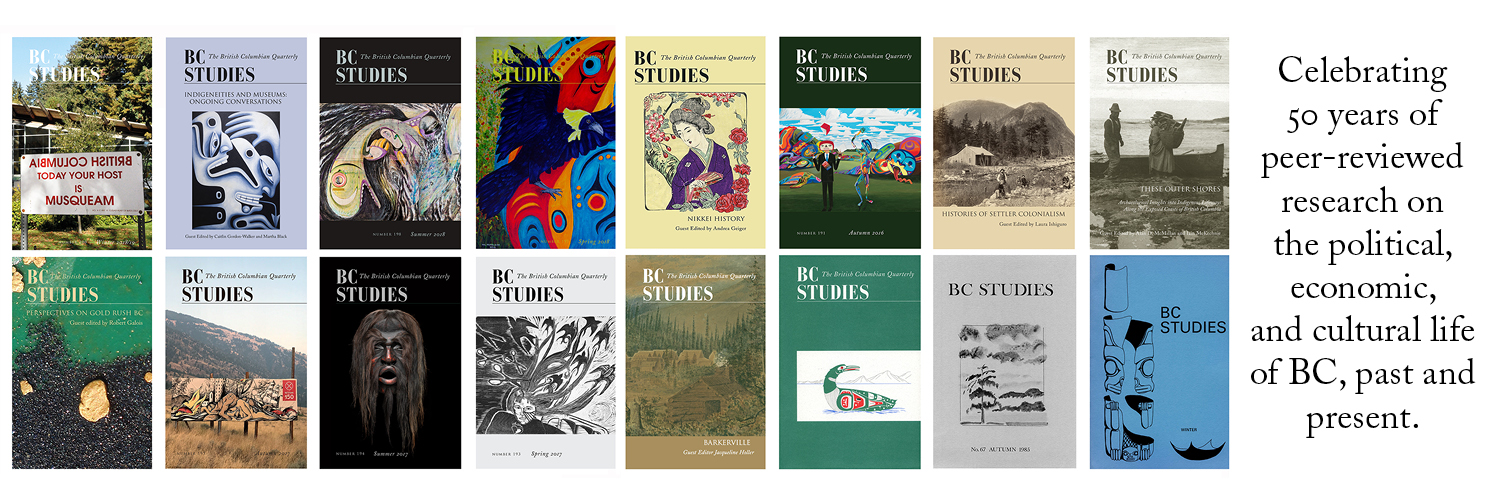Haro or Rosario? Maps, Navigation, and the Anglo-American North-West Water Boundary Dispute, 1846-1872
DOI:
https://doi.org/10.14288/bcs.v0i186.184354Keywords:
Haro, Rosario, North-West Water Boundary, George Vancouver, Charles Wilkes, John Mitchell, John Melish, Simon M’Gillivray, Francisco Eliza, George Bancroft, Hudson’s Bay Company, James Douglas, San Juan Island, Hamilton Fish, Treaty of Wa, maritimeAbstract
The negotiators of international borders were surprisingly slow to incorporate maps in the treaties they concluded. None was attached to the Anglo-American Oregon treaty of 1846. However the Hudson’s Bay Company had wanted this to incorporate a derivative of Vancouver’s 1798 map, so specifying a border down Rosario Strait. Though the Company moved too late, this map (that used by its vessels) defined British interpretations of the treaty. But Wilkes’ 1845 Atlas led the Americans to claim Haro Strait, closer to Vancouver Island, as the international boundary. So the issue came to be framed, more so than any other Anglo-American boundary dispute, in terms of cartography and of the navigability of the rival water channels. Spanish and British exploration in the 1790s had left Rosario Strait the better mapped, and Wilkes’ United States Exploring Expedition did not really change this. However by 1854 it had become clear that Haro was navigable by large ships, and the advent of steamers together with the 1858 Fraser Gold rush diverted most traffic to it from Rosario. U.S. Coast Surveys in 1854-5, confirmed by a British survey in 1858-9, charted the area, revealing the existence of a smaller ‘Middle Channel’. As a border, this would have given the British the most important of the disputed islands, San Juan, and Britain sought to achieve it either by negotiation or through an arbitration empowered to award it. That no map featured in the 1846 Oregon treaty was not remarkable – maps were not attached to the basic mid-nineteenth century European boundary treaties. But these did establish commissions to mark the new borders both cartographically and on the ground. No such commission was provided for by the Oregon treaty. Britain soon sought to remedy the defect, but considerations of economy held the United States back; and when a Commission was appointed, the two sides’ adherence respectively to Vancouver’s and to Wilkes’ maps soon brought deadlock. The only way out was arbitration. This the U.S. refused until the 1871 Washington Conference. It was there agreed on as part of a package deal, but only on terms restricting the arbiter’s choice to Haro or Rosario. The German emperor chose Haro; and in 1872-3 America and Britain defined this outcome by way of a line drawn on an Admiralty chart ‘as a perpetual record of agreement’ on the ‘line of boundary’ under the 1846 treaty.
KEY WORDS
Haro – Rosario – North-West Water Boundary – George Vancouver – Charles Wilkes – John Mitchell - John Melish – Simon M’Gillivray – Francisco Eliza – George Bancroft – Admiral James Prevost – Sir George Richards - Hudson’s Bay Company – Sir J.H.Pelly - James Douglas – San Juan Island – Hamilton Fish – Treaty of Washington, 1871 – Berlin arbitration, 1872



